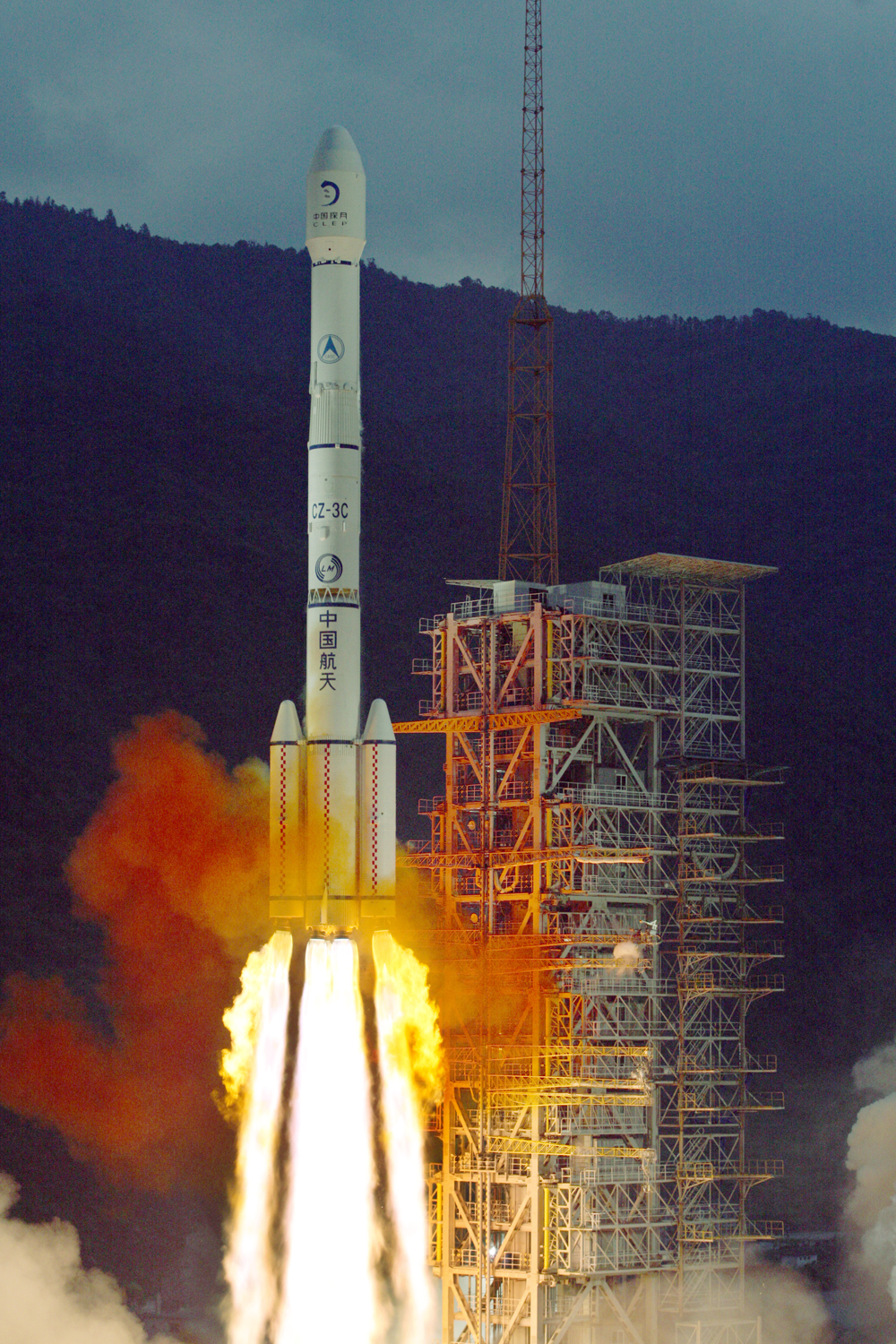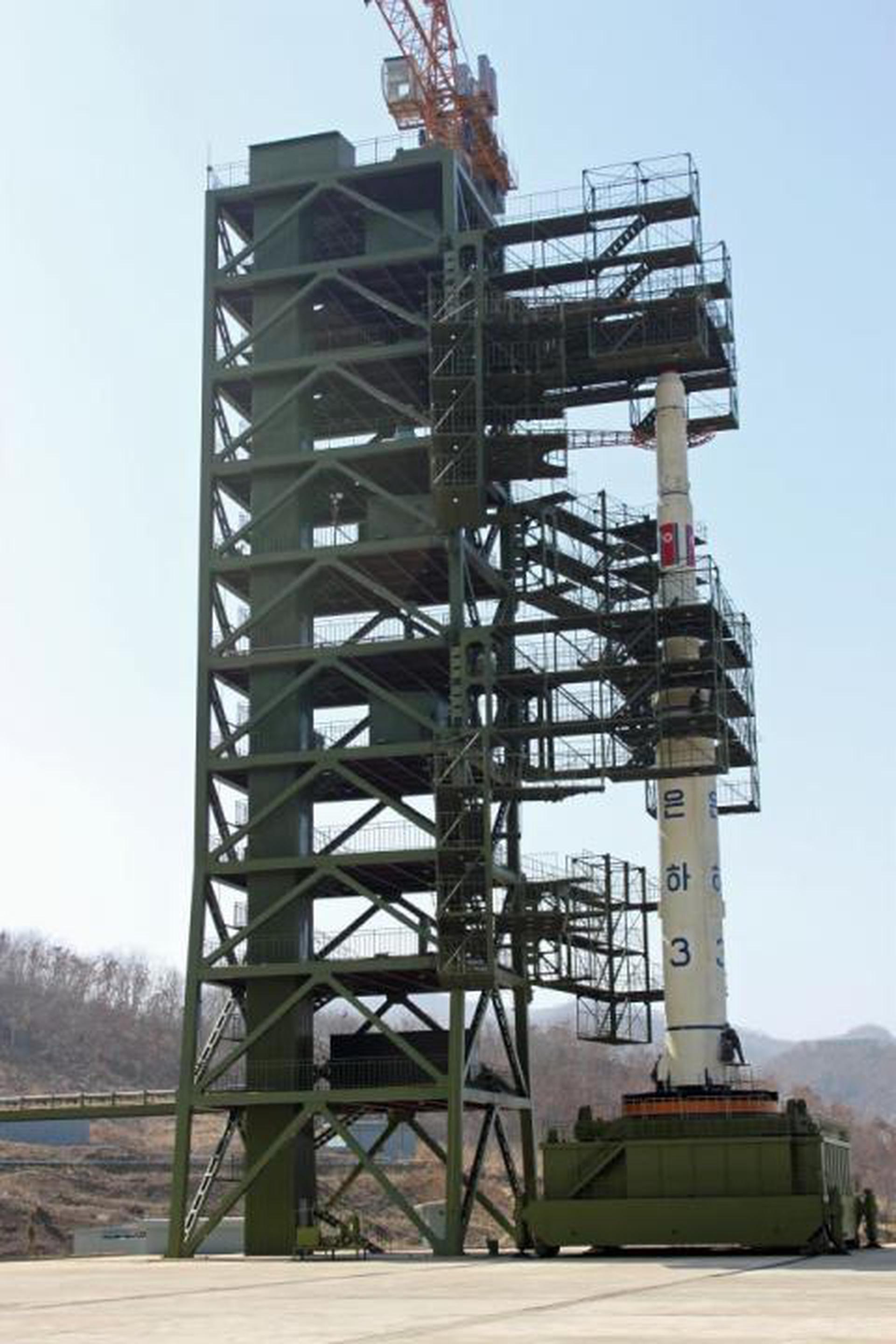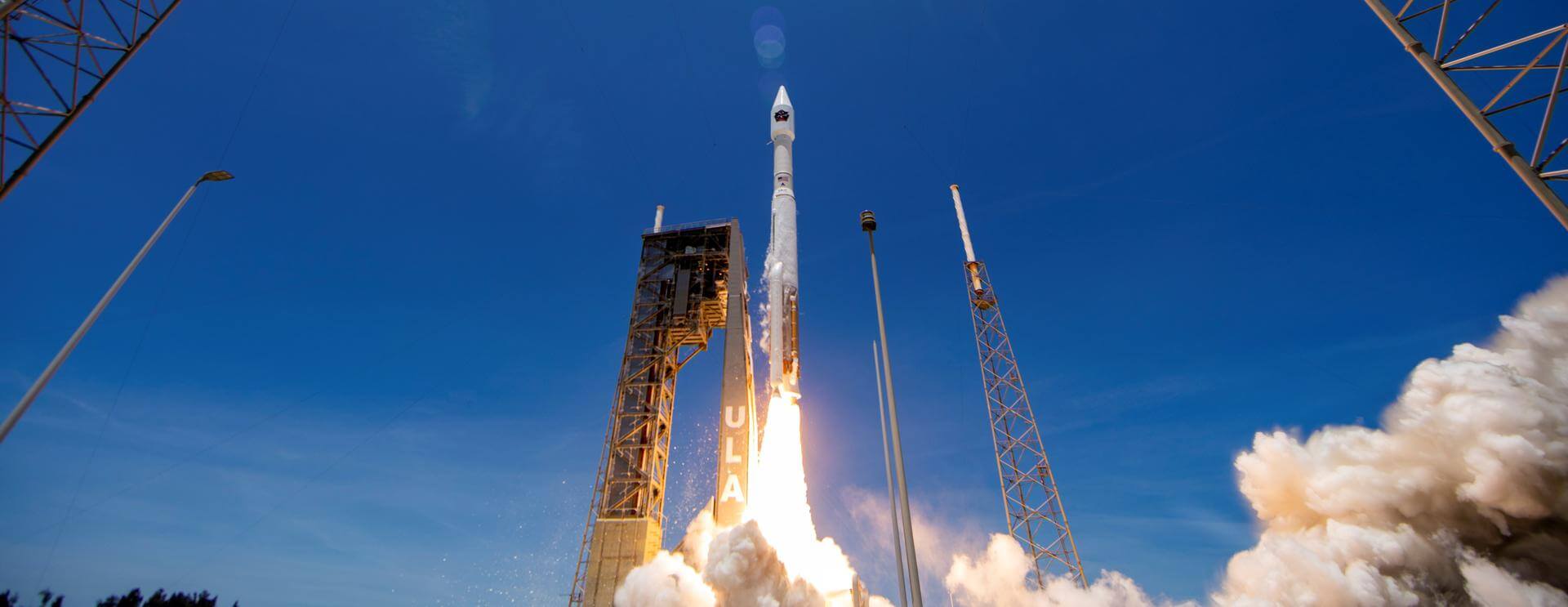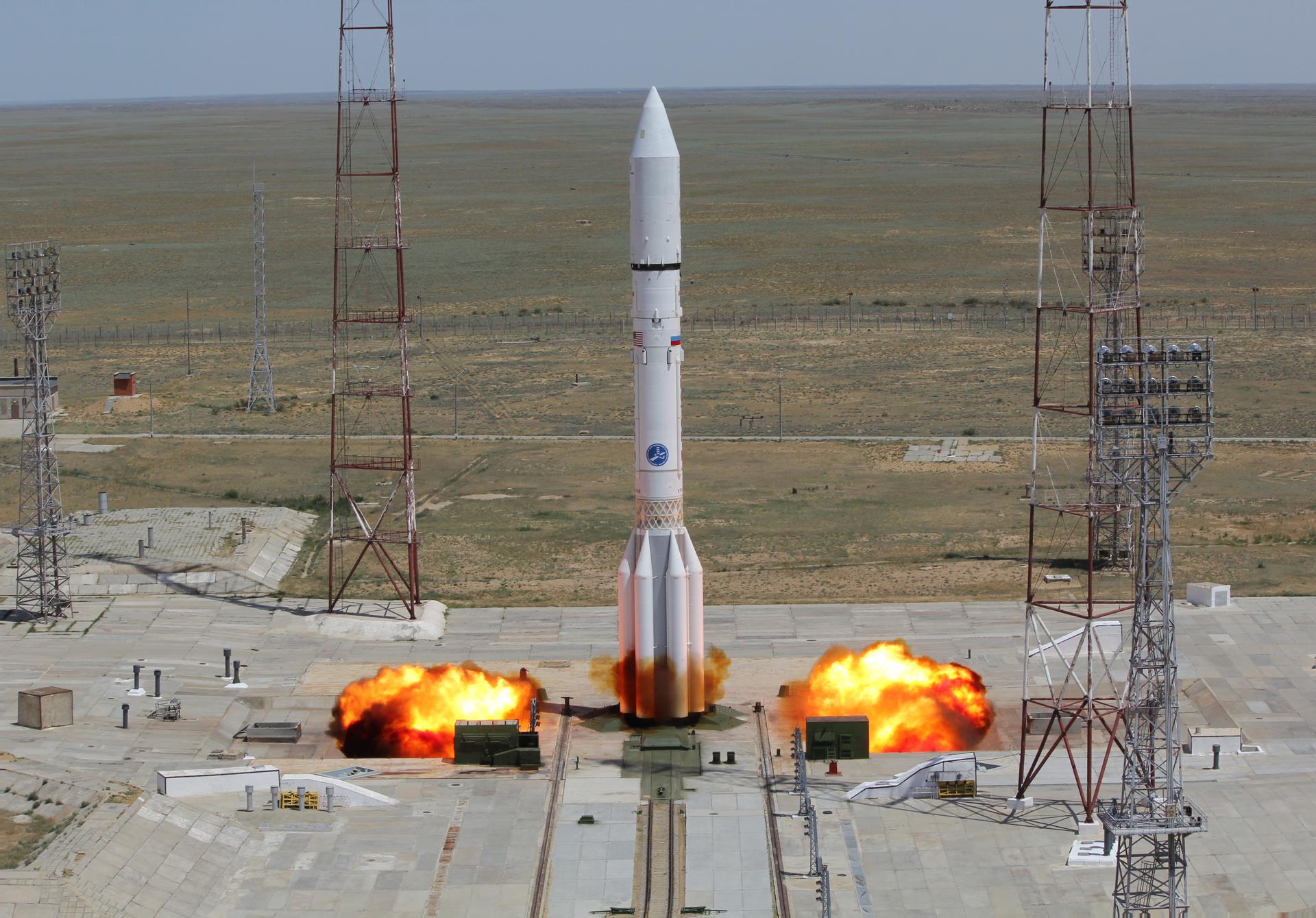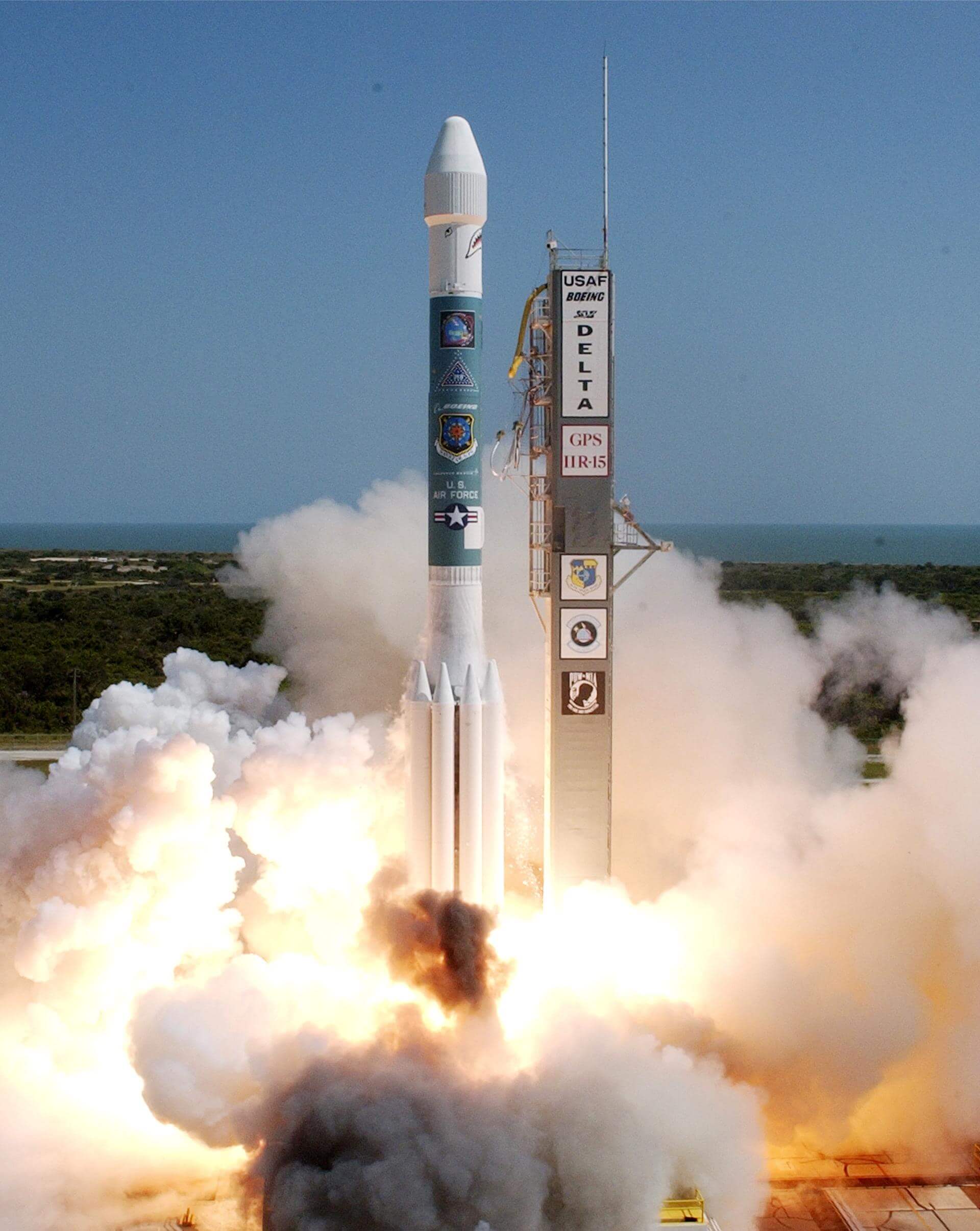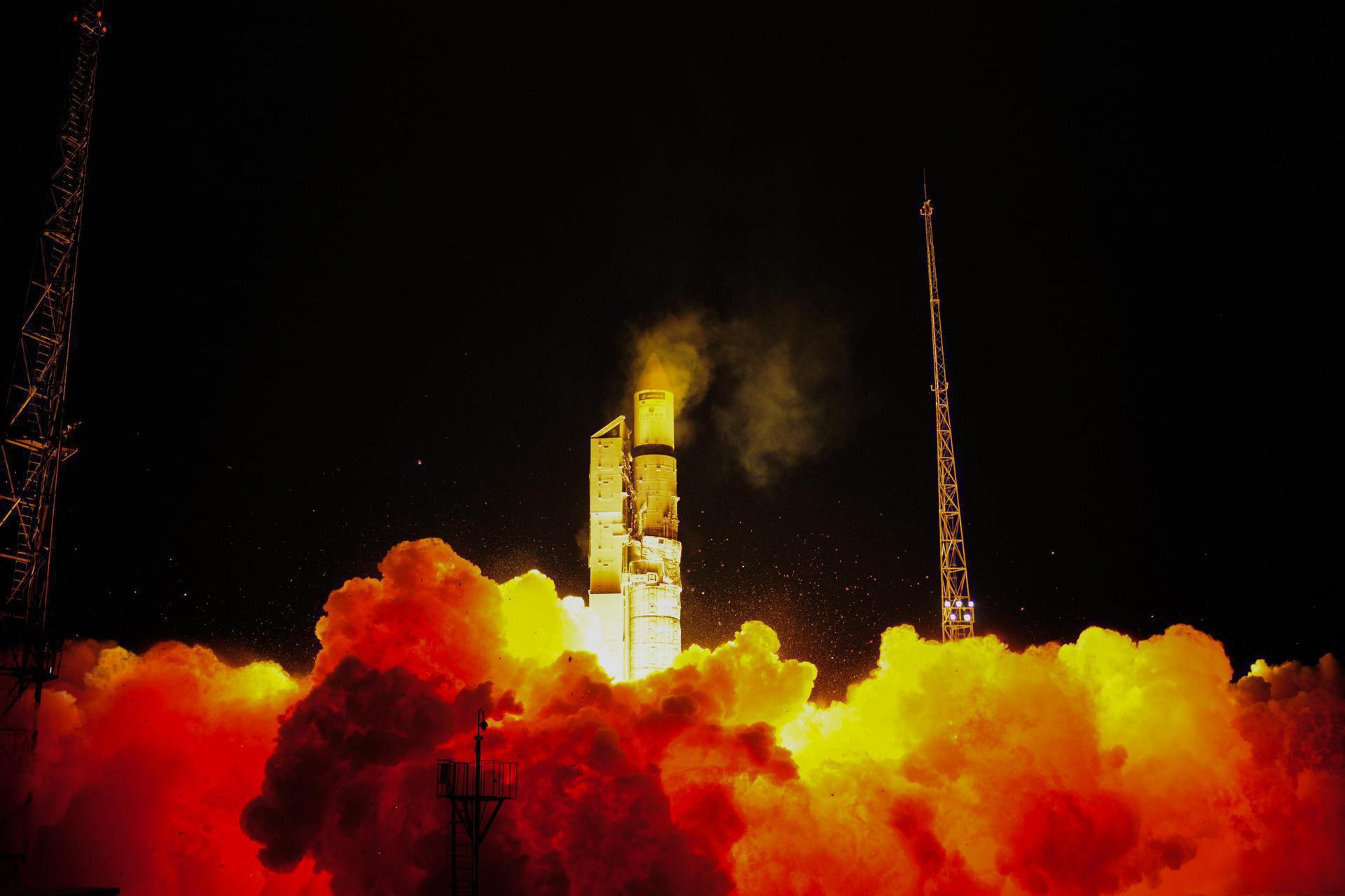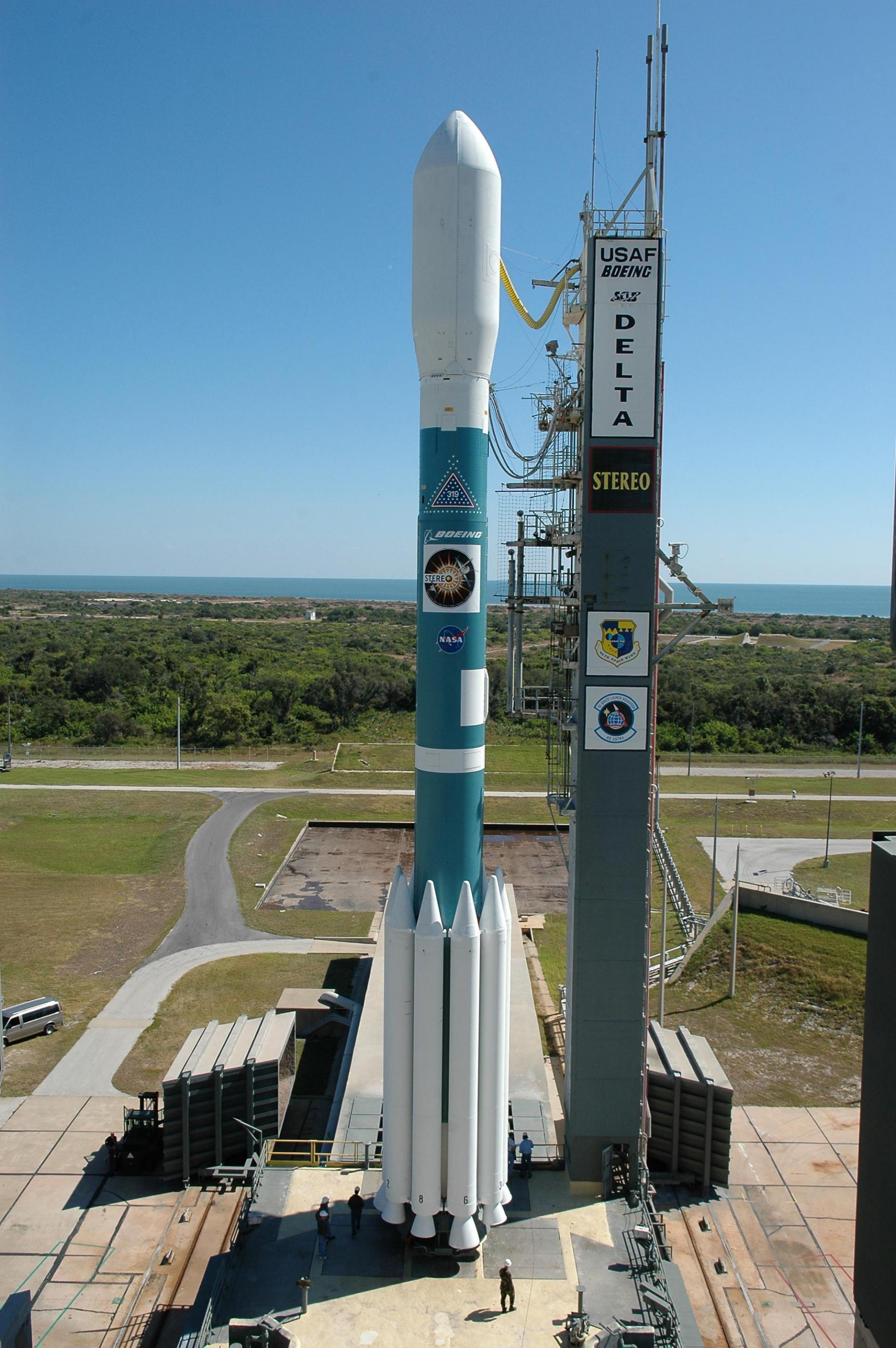Previous Spaceflight Launches
Filter by Agency, Locations or Vehicles
Show All LaunchesLong March 3C | Beidou DW 2
China Aerospace Science and Technology Corporation | ChinaXichang Satellite Launch Center, People's Republic of China
April 14, 2009, 4:16 p.m.
Unha | Kwangmyongsong-2
Korean Committee of Space Technology | North KoreaTonghae Satellite Launching Ground
April 5, 2009, 2:30 a.m.
Atlas V 421 | WGS-2
United Launch Alliance | United States of AmericaCape Canaveral SFS, FL, USA
April 4, 2009, 12:31 a.m.
Proton-M | Eutelsat W2A
Khrunichev State Research and Production Space Center | RussiaBaikonur Cosmodrome, Republic of Kazakhstan
April 3, 2009, 4:24 p.m.
Soyuz-FG | Soyuz TMA-14
Progress Rocket Space Center | RussiaBaikonur Cosmodrome, Republic of Kazakhstan
March 26, 2009, 11:49 a.m.
Status: Launch Successful
Mission:
Soyuz TMA-14 begins Expedition 19 by carrying 3 astronauts and cosmonauts to the International Space Station. Russian Commander, cosmonaut Gennady Padalka alongside Flight Engineer, Michael Barratt (NASA) & spaceflight participant Guy Laliberté (Space Adventures) will launch aboard the Soyuz spacecraft from the Baikonur Cosmodrome in Kazakhstan and then rendezvous with the station. It landed on October 11, 2009, 04:32 UTC
Low Earth OrbitDelta II 7925-9.5 | GPS IIR-M-7 (USA-203)
United Launch Alliance | United States of AmericaCape Canaveral SFS, FL, USA
March 24, 2009, 8:34 a.m.
Rokot / Briz-KM | GOCE
Russian Aerospace Defence Forces | RussiaPlesetsk Cosmodrome, Russian Federation
March 17, 2009, 2:21 p.m.
Space Shuttle Discovery / OV-103 | STS-119
National Aeronautics and Space Administration | United States of AmericaKennedy Space Center, FL, USA
March 15, 2009, 11:43 p.m.
Status: Launch Successful
Mission:
STS-119 (ISS assembly flight 15A) was a space shuttle mission to the International Space Station (ISS) which was flown by Space Shuttle Discovery during March 2009. It delivered and assembled the fourth starboard Integrated Truss Segment (S6), and the fourth set of solar arrays and batteries to the station.
Low Earth OrbitDelta II 7925-10L | Kepler
United Launch Alliance | United States of AmericaCape Canaveral SFS, FL, USA
March 7, 2009, 3:49 a.m.
Proton | Raduga-1 8
Khrunichev State Research and Production Space Center | RussiaBaikonur Cosmodrome, Republic of Kazakhstan
Feb. 28, 2009, 4:10 a.m.
